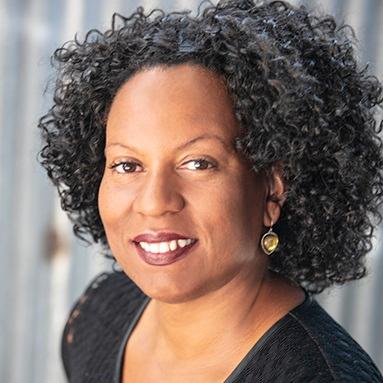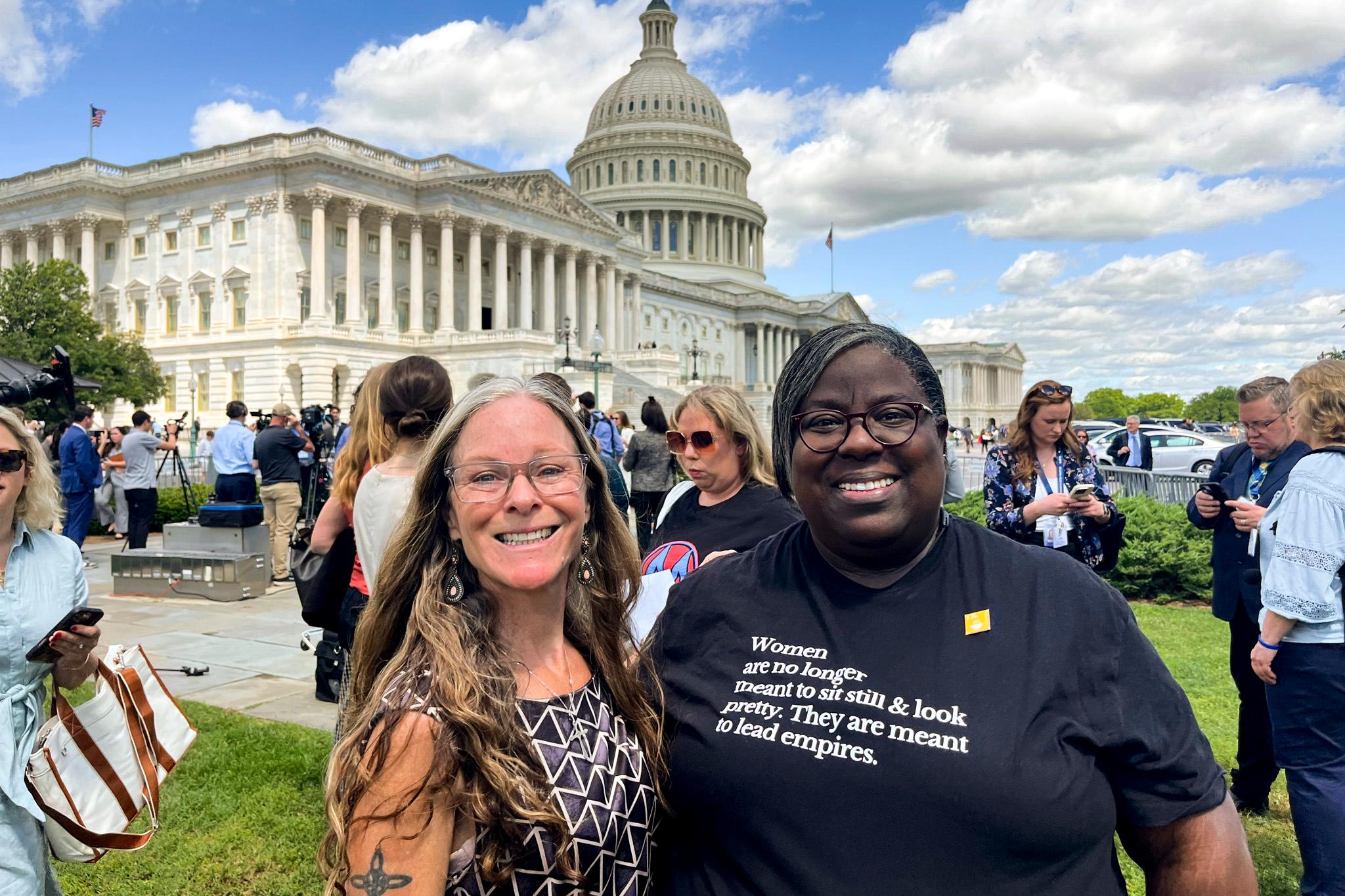
Steps away from the U.S. Capitol, Meighen Lovelace from Eagle County recounted how federal food aid helped her and her family get through some tough times.
It was several years ago, and caring for her child with a disability was making it difficult to keep full-time work. She said her daughter would get “sent home from school and then I have to tell my work I have to leave, and then I get fired.”
The Supplemental Nutrition Assistance Program, formerly known as food stamps, helped keep her family fed during that period.
“We are using it as it was meant to be used to nourish ourselves and our families so that we can stay healthy, contribute to our communities, and yes, go to work in ways that work for us, not ways that somebody in Washington, D.C. decides they work for us,” she said.
Now, Lovelace said that federal investment paid off. She was in D.C. to put a human face on the issue for lawmakers as they weigh the program’s future.
“I am the outcome of what happens when you are allowed to utilize SNAP appropriately to grow your opportunities,” said Lovelace.
SNAP is on the menu as House Republicans craft a budget reconciliation package that cuts taxes and spending while raising the debt limit. The House Agriculture committee has been taxed with finding $230 billion in cuts for its part of the package.
At the center of the committee’s search for savings is SNAP.
Carmen Mooradian, senior public policy manager with Hunger Free Colorado, was also at the Capitol to urge lawmakers to oppose any proposal that would limit benefits or access to the program. In her meetings with lawmakers, she tried to drive home the point that these are not necessarily large benefits.
“We brought with us a packet of pre-prepared macaroni and cheese, a can of beans, and two pieces of fruit. And that's what you could get on the average daily benefit,” she said.
That average daily benefit comes to just $6. According to the Colorado Department of Human Services, as of March, there were 617,000 people or 334,000 households receiving monthly benefits in the state.
Mooradian said there are also wider economic benefits that flow from the SNAP program. The money spent goes to local farmers and retailers. And she said that cutting the program now will be costly for other government programs in the long run.
“There are numerous studies about the impact of SNAP on the health of individuals, on healthcare savings, on savings to Medicaid, and just our general healthcare infrastructure from SNAP,” she said.
The debate in Congress: what to cut and what to change
Work requirements have emerged as a major point of contention in the current debate. SNAP already has work requirements, but there are exemptions. That’s one area the committee is looking to save money.
The committee is looking at expanding work requirements to include able-bodied adults with children 7 and older for the first time. The Congressional Budget Office projects it could save around $40 billion.
Some former SNAP recipients worry this will be a hurdle because of the cost or the lack of child care. But not all lawmakers see it that way.
“I worked with a three-month-old. So I mean, I think work requirements should be there anyway,” said GOP Rep. Lauren Boebert. She’s often talked about her mothers’s use of food stamps when she was a child and how benefits like that kept her mother reliant on welfare instead of standing on her own feet.
Boebert supports changes and cuts to SNAP. “There's a lot of things that we want to see there to tighten that up to eliminate waste, fraud, abuse, and improper payments.”
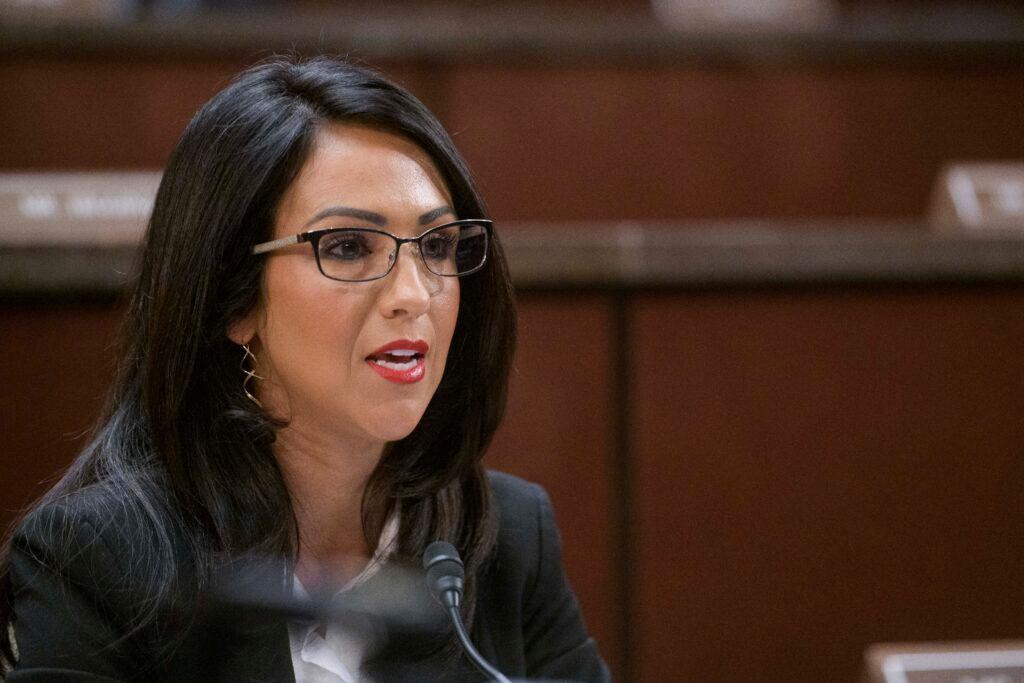
But the hard-right lawmaker didn’t weigh in on one of the more controversial cost-saving ideas — shifting some of the costs to the states.
Currently, states pay a portion of the administrative costs for SNAP, but congressional Republicans are looking at shifting a percentage of the cost of the food itself to states — with numbers ranging from 10 percent to 25 percent.
Freshmen Republican Reps. Jeff Hurd and Jeff Crank both said they want to see a more efficient SNAP, but want to see more details on cost-sharing.
“We’ve got to look at all these things as reforms and make sure that we're really trying to focus the program on helping the people that it was intended to focus (on). So I want to see what the reforms are on SNAP before I make any decision about what I'd support,” Crank told CPR News.
But Democratic Rep. Brittany Pettersen, a former state legislator, said Republicans are just playing with semantics. Cost sharing will still result in cuts, but the tactic could allow Republicans to shift the blame from Washington to state capitals across the country.
“‘Hey, we didn’t cut it, it’s that your state did,’” Pettersen said would be the excuse. “Because they're setting the requirement so high on the state funding piece here, that places like Colorado will not be able to fulfill that obligation.”
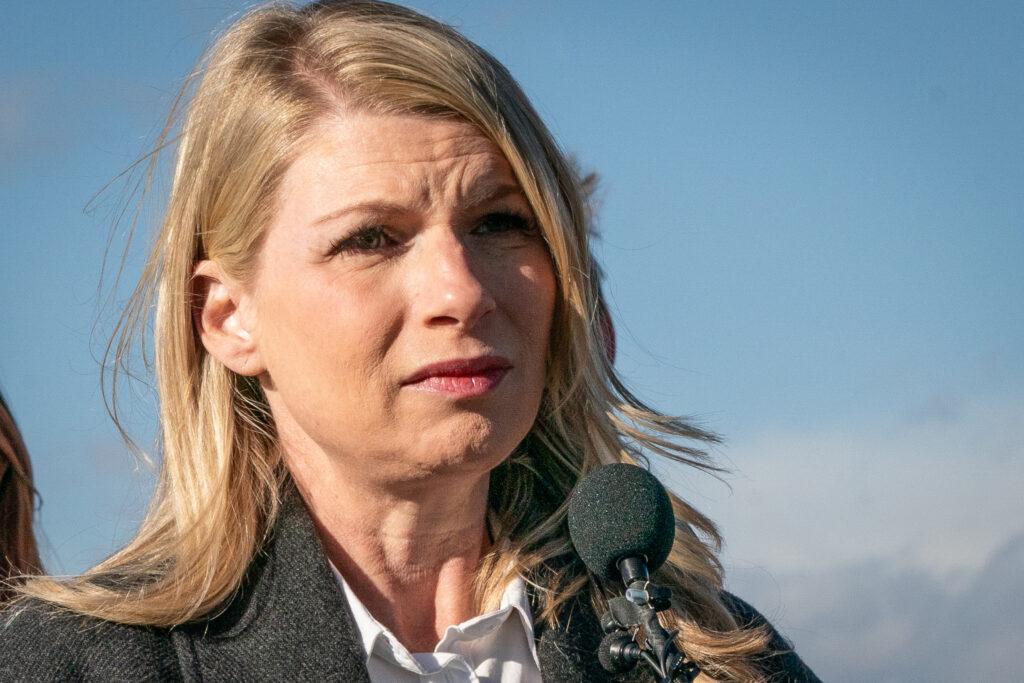
Colorado lawmakers already had to find more than a billion dollars in savings to balance the budget this year and face structural deficits into the future, as expenses outpace the revenue cap set by the Taxpayers Bill of Rights. That makes it unlikely the state would be able to come up with the millions needed to pick up their portion of a cost-sharing arrangement.
Chair of the House Agriculture committee, Rep. Glenn Thompson, said the cost share would not be 50-50, but did not say what the number would be, only that “it’s a work in progress.”
“Folks that are struggling in poverty and dealing with food insecurity, I think in the end it’s actually going to improve all of that,” Thompson said of the Republican plan.
But anti-hunger advocates remain skeptical.
Yolanda Gordon is a U.S. Army Veteran and former SNAP recipient. She pointed out that with inflation, life is tough right now and the focus should be on making the program better, not harder for people to use.
“Matthew 25;35 does not say,’ when I was hungry, you gave me work requirements and time limits before I could eat.’ It says, ‘I was hungry and you gave me something to eat,” she said, imploring members of Congress, “If faith guides your decisions, then let it guide you here. Food is a basic human right and cutting SNAP isn't just bad policy, it's morally indefensible.”
Farm Bill could be a casualty of this reconciliation fight
The cuts to SNAP could also derail another piece of legislation: reauthorization of a five-year Farm bill, which is already two years late.
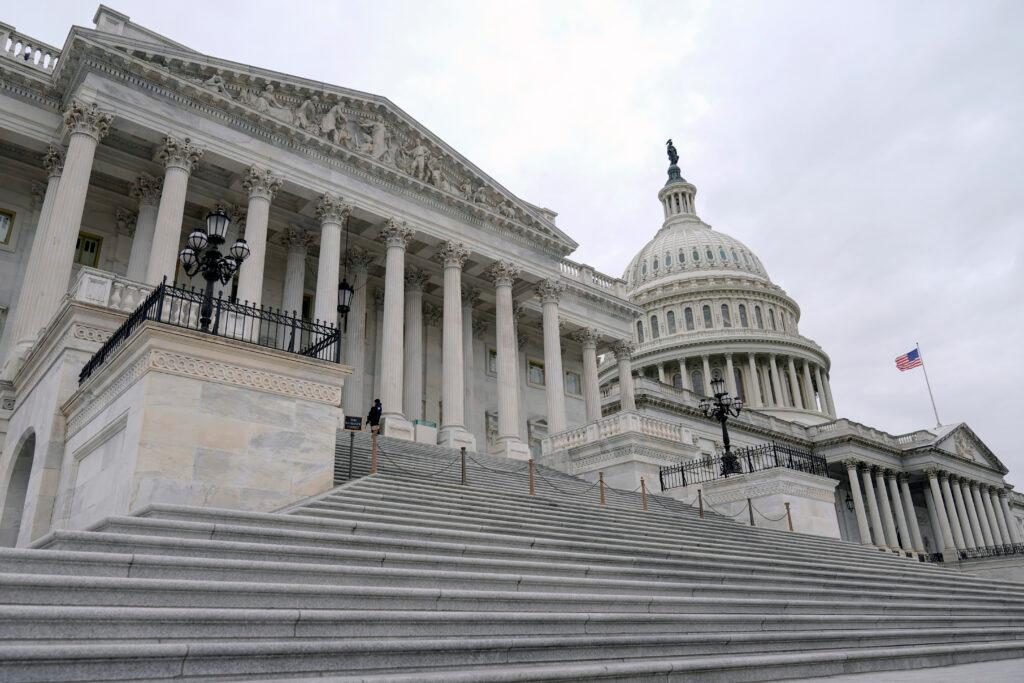
SNAP is part of the Nutrition title of the Farm Bill.
“Farmers need a bipartisan five-year Farm Bill and these cuts to the SNAP program… will make it much, much harder for us to get a five-year Farm Bill across the finish line,” said Rep. Angie Craig of Minnesota, ranking member of the Agriculture committee.
Using a partisan budget method to cut SNAP would make it more difficult for the two parties to come back to the negotiating table and achieve bipartisan support for a full five-year bill. In the past, that bipartisan consensus has been achieved by pairing food aid with farm aid. But the 2018 Farm Bill also got hung up over fights over the nutrition title.
And at the same time, Republicans are looking at cutting SNAP in reconciliation, they’re also reportedly trying to include some items that would normally be part of the Farm Bill, such as addressing crop insurance and updating reference prices. Those items would tick up the committee's spending, requiring it to look for even more cuts elsewhere.
With Republicans looking to include these Farm Bill elements in reconciliation, it’s also a sign that the 119th Congress doesn’t expect to be able to get a full 5-year bill negotiated and across the finish line.
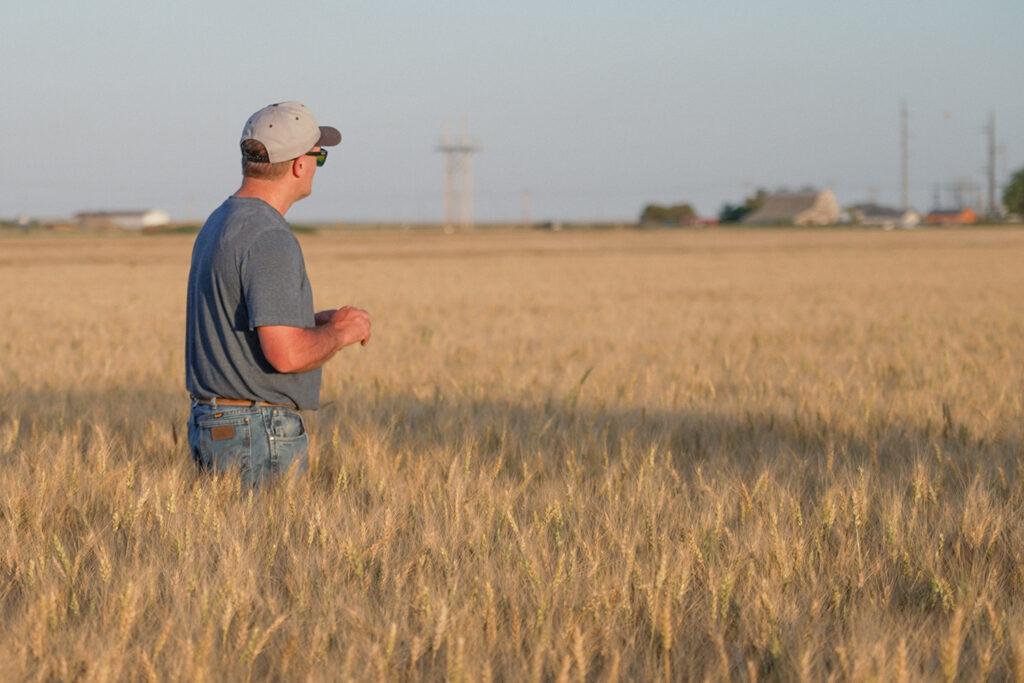
That’s something that farm groups in Colorado don’t want to happen.
Chad Franke, president of the Rocky Mountain Farmers Union, does not want to see Congress use budget reconciliation to tackle issues that should be in the Farm Bill. “The absence of this bill creates uncertainty for family farmers and ranchers, adding stress in an already difficult time. It also disrupts agricultural lending, threatening access to the credit needed to operate. Without a strong, workable safety net, we risk accelerating the loss of family farms and ranches — harming rural communities and our nation's food security.”
And there are concerns about what would be left out of reconciliation, like specialty crops.
“Our preference is certainly for a fully formed 5-year Farm Bill. And no matter what happens with reconciliation, Congress cannot take their foot off the gas when it comes to a Farm Bill that includes all the pieces — crop insurance, nutrition, conservation — everything,” said Ashley House with the Colorado Farm Bureau.
While Chair Thompson said a Farm Bill will get done, Craig is less certain.
“All of this is a policy choice,” she said. “And that's why we should be sitting down across the table to negotiate a five-year Farm Bill.”








